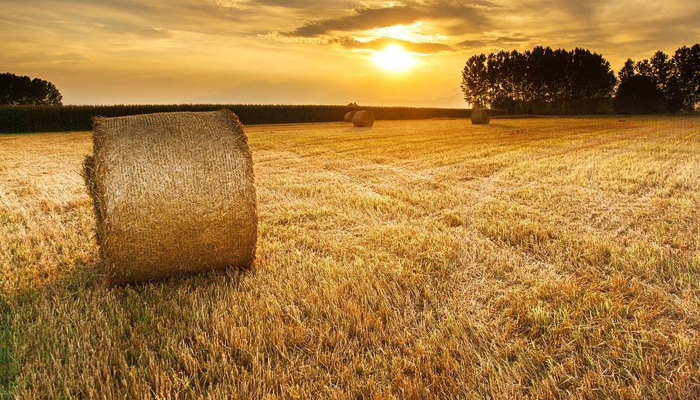18 August 2022
Crops Harvest and Oilseed Rape update August 18th

Tillage specialist Michael Hennessy gives this weeks update on Crops. This includes the harvest, oilseed rape prices and club root issues. He has advice on how to manage an oilseed rape crop. Catch up with the latest Tillage Edge Podcast
Harvest
The 2022 harvest is all but completed in many parts of the country. Not all areas are finished and there is still some crops to be completed in the midlands and north west. Generally straw was baled shortly after the combine and fields are in the process of being clearing the bales at the moment.
The rain over the past week as patchy, from outright downpours to light rain, depending on where you are. The rain is welcome and the moisture will allow the recently planted cover crops to get up and going and it will also help farmers who intend planting oilseed over the next few weeks.
Oilseed rape prices
Oilseed rape prices are not at their dizzying heights of May 2022 but the forward prices for harvest 2023 are nearly 60% more than the previous five year average. The projected returns from rape in 2023, even taking into account the very high costs, are similar to high yielding winter wheat and well ahead of other crops. Planning of the crops starts with the rotational spot and ensuring the crop is given every chance it can to achieve a high yield.
Club Foot
Club Root, which affects oilseed rape, was a feature on many farms in 2022 and where it was severe crops were all but written off. Club root will persist in a field for 15 years or more. Weeds such as charlock and hedge mustard or brassica cover crops growing in the field will act as a host and may prolong the disease even longer. Long rotations are the best preventative action but high pH soils and club root tolerant varieties can also help but results can be inconsistent.
A one in four or one in five rotation or greater for oilseed rape is recommended. Planting can commence from August 20th and ideally all oilseed rape should be planted by September. Later planting risks poor growth during the autumn which increase pest attach (slugs and pigeons) and weed challenges.
Early planting will help plants to develop quickly and bulk up over the autumn. Where this leaf growth can be retained into early spring this can lead to significant savings in nitrogen application for the season. Nitrogen costs for 2023 will be higher than 2022 therefore the financial savings can be substantial.
Choose a variety with good Light Leaf Spot resistance as this can be a very significant disease in a wet year. It is also useful to choose a variety with resistance to pod shatter, which will give confidence during a tricky harvest.
The Tillage Edge Podcast
Oilseed rape will give comparable margins in 2023 to winter wheat and is a crop worth consideration on most farms and on this week’s Tillage Edge podcast, Shay Phelan and Dermot Forristal from Teagasc discuss the varieties, establishment methods and early crop management of oilseed rape.
According to Shay, choosing a variety with high light leaf spot and pod shatter resistance is a good starting point but there are other traits which can be looked at including Phoma resistance or a Clearfield variety which is matched to a specific herbicide allowing to control other brassicia species in the field.
Dermot Forristal said oilseed rape is resilient and will give similar yields when planted with different establishment systems, providing plants are evenly spaced through the field.
Find out more information and advice from the Teagasc Crops team here. The Teagasc Crops Specialists issue an article on a topic of interest to tillage farmers every Thursday on Teagasc Daily. Find your local Teagasc office here
